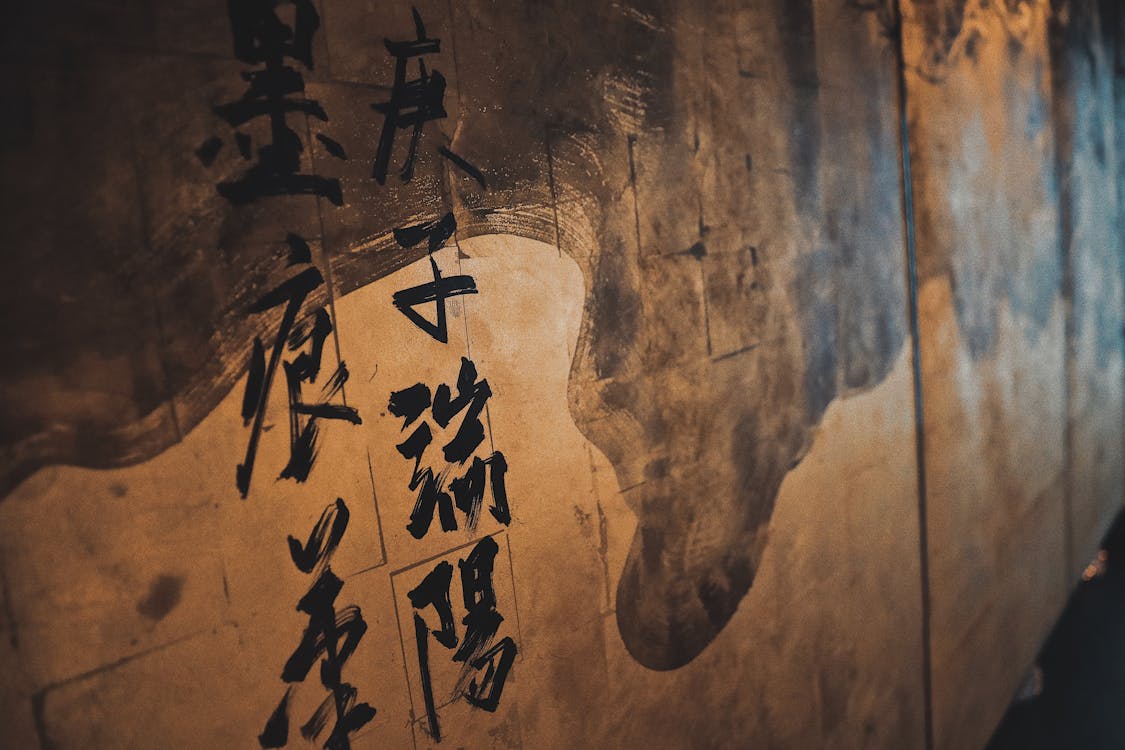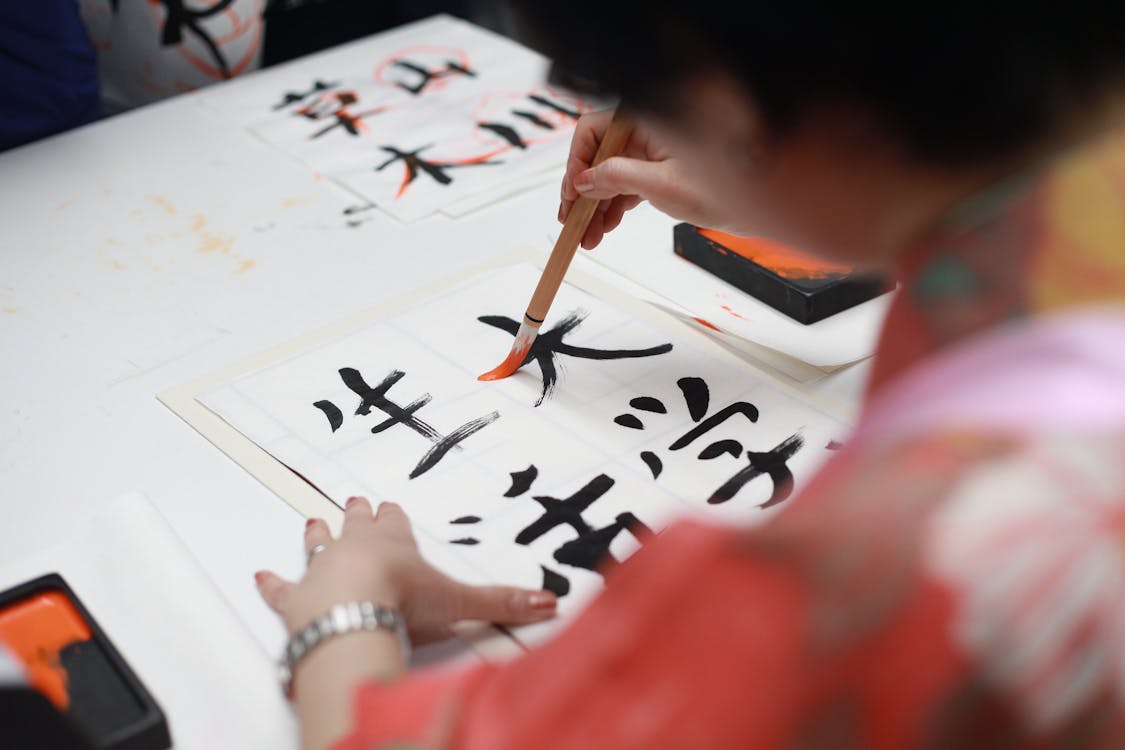We are confident that you have seen the popular web videos highlighting Japan’s distinctiveness. The Japanese develop the most intriguing things, from their ramen vending machines to their square watermelons seen on bullet trains to their smart toilets. And have you been to the Yokohama Cup Noodle Museum or sampled their square watermelons? No? When visiting Japan, we urge you to take in these sights and sounds.
Did you realize that, in addition to Japan, the Japanese language includes a wealth of intriguing information? People all around the world are becoming interested in studying Japanese as a result of the global popularity of anime and manga. Japanese will be spoken by more than 126 million people as of 2021, according to Statista.
There are many other facts about the Japanese language exists that people don’t know yet. You may hear some of them if you are a part of the Japanese language learning courses.

Thought-provoking Facts about the Japanese Language
1. There are several Japanese methods to refer to “I”
You address yourself as “I” in English. There are numerous ways to express “I” or “me” in Japanese, depending on the context, the speaker’s social rank, gender, and situation. Typically, a Japanese language textbook will simply demonstrate how to use Watashi ().
It doesn’t demonstrate how to alter the first person pronoun in light of many contexts encountered in daily life. The most popular methods to say “I” or “me” in Japanese are demonstrated in this blog.
Watashi (わたし/私)
The term most usually used to say “I” or “me” is Watashi. It’s a subdued approach to communicating in any circumstance. Additionally, it is utilized in formal situations or while speaking to a supervisor.
Watakushi (わたくし/私)
It’s a nicer approach than Watashi. On official occasions, it is utilized. When they speak, the Imperial Family uses Watakushi.
Atashi (あたし)
The feminine form is Atashi. The person you are chatting to is a buddy or a subordinate on casual occasions.
Atakushi (あたくし)
In comparison to Atashi, it is a more polite feminine version.
Uchi (うち)
Informally, it is the initial pronoun for female in the Kansai dialect.
Washi (わし/儂)
In the Kansai region, it is used for older men. frequently used on animated or video game-aged men.
Boku (ぼく/僕)
Boku is a pronoun for young males that is kind of modest. regularly used on boys.
Jibun (じぶん/自分)
Jibun (/) is a gender-neutral term that is frequently used by athletes or those in the military.

2. There are four alphabets in the Japanese Language
Kanji
Sometime in the third century, this character was introduced in the Chinese script. Over 50,000 characters make up the logograms that make up the Kanji alphabet.
Hiranga
Hiragana is the fundamental writing system used in Japanese. The curly Hiragana characters resemble the English cursive in form.
Katakana
They are typically employed for emphasis and are utilized for loan terms like company names, food names, and animal names.
Romaji
The usage of Latin script, Romaji is Japanese for “Roman letters.”
3. The Japanese language is the only official language of Japan
Japan has only one official language and it is their local language. This does not, however, imply that the language is solely spoken in Japan. For instance, Japanese is regarded as a minority language in the Republic of Palau. 10% of Hawaiians and 1% of Californians, respectively, speak Japanese as of 2010!
4. It is uncertain where the Japanese language came from.
The roots of the Japanese language are still unknown. According to some accounts, Japan first encountered the Japanese language in the early and middle of the second century BC. Some claim that the Ural-Altaic language family, which also includes Turkish, Mongolian, Machu, and Korean, is related to Japanese. Japanese and other Austronesian languages, such as Polynesian, have many commonalities.
The reconstruction of the ancient Japanese must be used because there is no direct evidence that can be found regarding this time in Japanese history.

5. The Japanese language Is a Stand-alone and Unique Language
Kanji is a Japanese writing system that was adapted from Chinese characters. Contrary to common perception, the Japanese language is not at all linked to or descended from the Chinese. They are not a member of the same family of languages as Chinese. The Japanese language is said to be one of the most distinctive in the entire globe and is claimed to have no clear derivation!
6. The Japanese language lacks tones
Compared to English, the Japanese language is monotonous. The tone is a common feature of several East Asian languages. Thai and Mandarin, for instance, rely on tone to communicate meaning. The words and phrases in Japanese have a certain rhythm and cadence, much like those in all other languages. Learning the Japanese language’s rhythm can be complex and difficult for non-native speakers.
7. In Japanese, there are no plurals
There is no distinction between stating “There is a spider” and “There are spiders” in Japanese. Therefore, it may be challenging to distinguish between reports of a spider in your room and reports that a swarm of spiders has invaded your home.
8. There are no articles either
Japanese also doesn’t distinguish between the letters “a,” “an,” and “the.” While English speakers of Japanese don’t have as many issues with this, Japanese speakers of English have trouble with it.

9. It’s Nihongo
The native Japanese name of the Japanese language is Nihongo, even though we just refer to it as Japanese.
10. 7th most popular language for Internet use in 2021
Japanese will continue to be the most widely used language online in 2021, according to Statista. It follows Indonesian/Malaysian, English, Chinese, Spanish, Arabic, and Portuguese. Since 2011, it has been on the list.